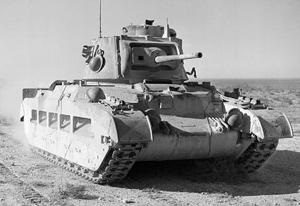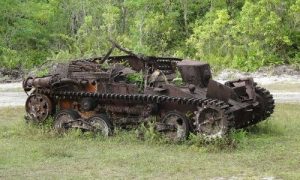What are EN Steels?

In 1941, the EN range of steel specifications was first introduced as the War Emergency Numbering. This was also known as the British Standard Schedule BS970.
The ‘Technical Advisory Committee’ of the ‘Special & Alloy Steels Committee’, aided the British Standards Institute who then published 58 steel specifications (EN1 to EN58).

Carbon steels, alloy steels, case hardening steels, spring steels and stainless steels were all detailed in this publication.
According to the chemical composition, the different grades of steel were arranged sequentially starting with low carbon grades EN1, EN2 and EN3, working up to stainless steel grades EN56, EN57 and EN58. When further steel grades were developed, the BS970 EN range of steel specifications was revised in 1955 to add these additional grades.
Unfortunately, the 1941 edition made no allowance for a possible insertion of further steel grades. The British Standards Institution decided that to have applied a high EN number, would have divorced the grades completely from steels of similar types.
Therefore numerous grades’ suffix letters were added (for example EN17 became EN17A, EN17B and EN17C). The revision of the standard BS970 in 1955 increased the number of specifications to nearly 200.
Many EN steel grades are now obsolete. The most common grades of supply are as follows;
Carbon Steel Alloy Steel Spring Steel – EN3, EN14, EN43, EN6, EN16, EN16T, EN45, EN8, EN19, EN19T, EN47, EN9, EN24, EN24T, EN26, EN26V, EN26W and EN30B.
The higher the EN number, the better the quality of steel and the more carbon, or blended elements, are added to the chemical content.
EN1 to EN3 – Low carbon, general purpose steel.
EN5 to EN16 – Medium carbon content with general purose strength.
EN19 to EN24 – Higher carbon steels with good hardenablity.
EN32 to EN36 – Hard wearing materials.
EN40 to EN45 – Spring steels.
EN56 to EN60 – Stainless steels.
It is often found that a further letter is added to the EN number to indicate a heat treated condition, more commonly used among the higher carbon steels to denote the hardness state.
Steel Type
000 to 199 – Carbon manganese steel, number shows the manganise content. (x100)
200 to 240 – Free cutting steel, the 2nd and 3rd digit represents the sulphur content. (x100)
250 to 250 – Silicon manganise steel.
300 to 499 – Stainless steels and steels resistant to heat.
500 to 999 – Reserved for alloyed steels.
Letter
The single letter will be one of four designations, A, H, M or S:
A – The steel is supplied to a chemical composition as attained from a chemical batch.
H – The steel specification is ‘hardenable’.
M – The material is produced to certain mechanical properties.
S – The steel is stainless in specification.
Carbon Content
The last two numbers represent the average material carbon content. (x100)
Sometimes a further letter can be added to the designation when a certain heat treatment condition has been applied.






